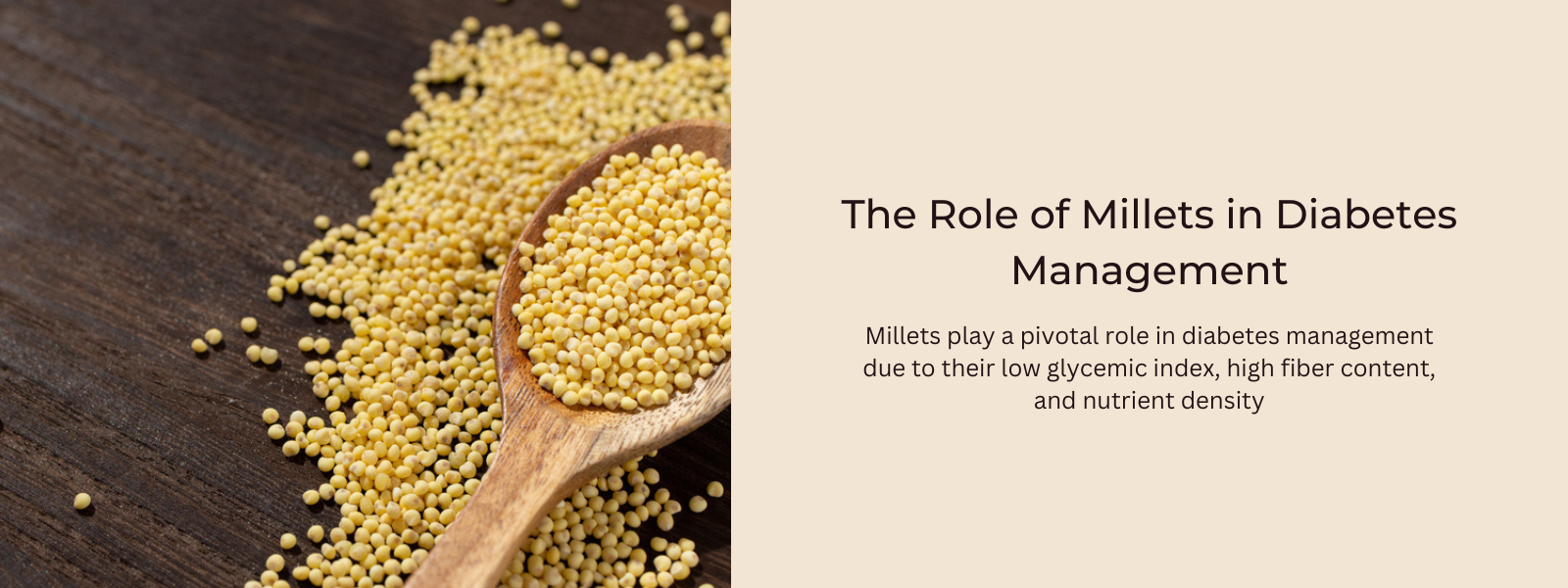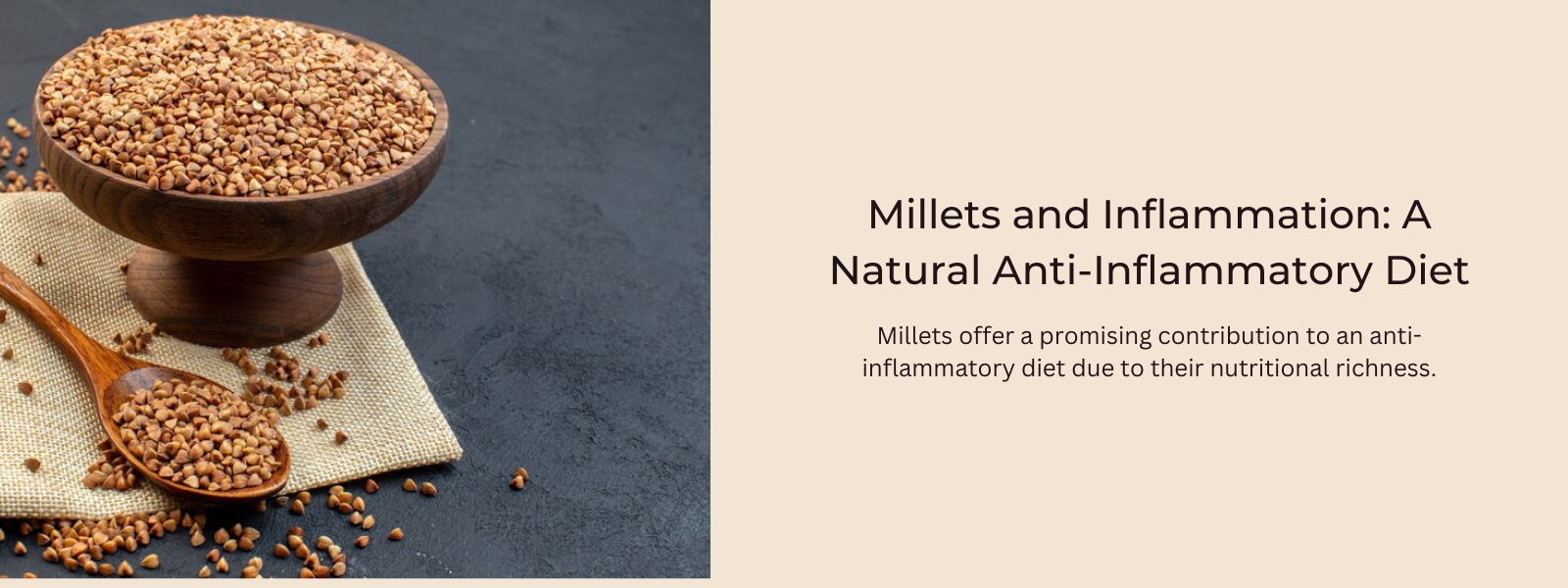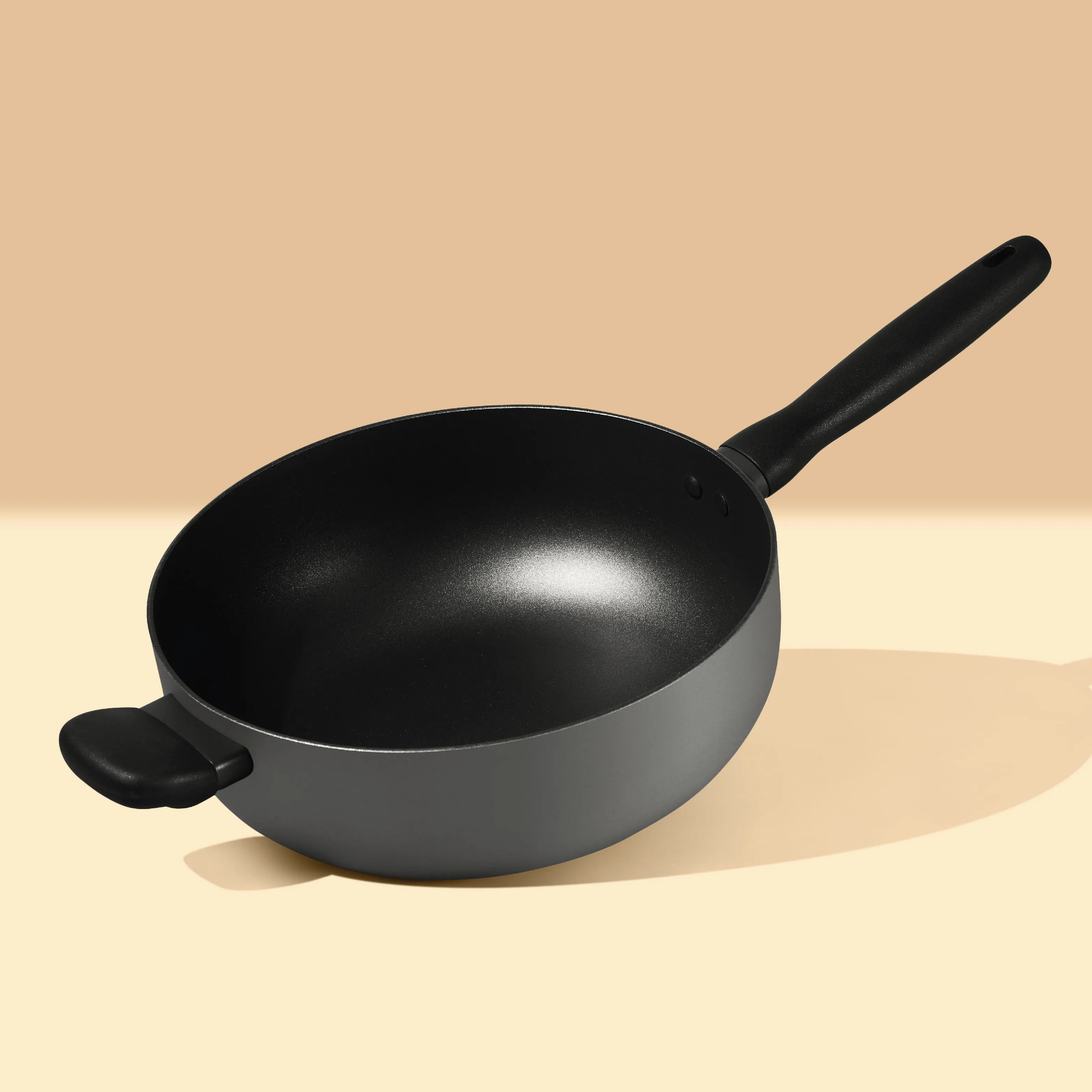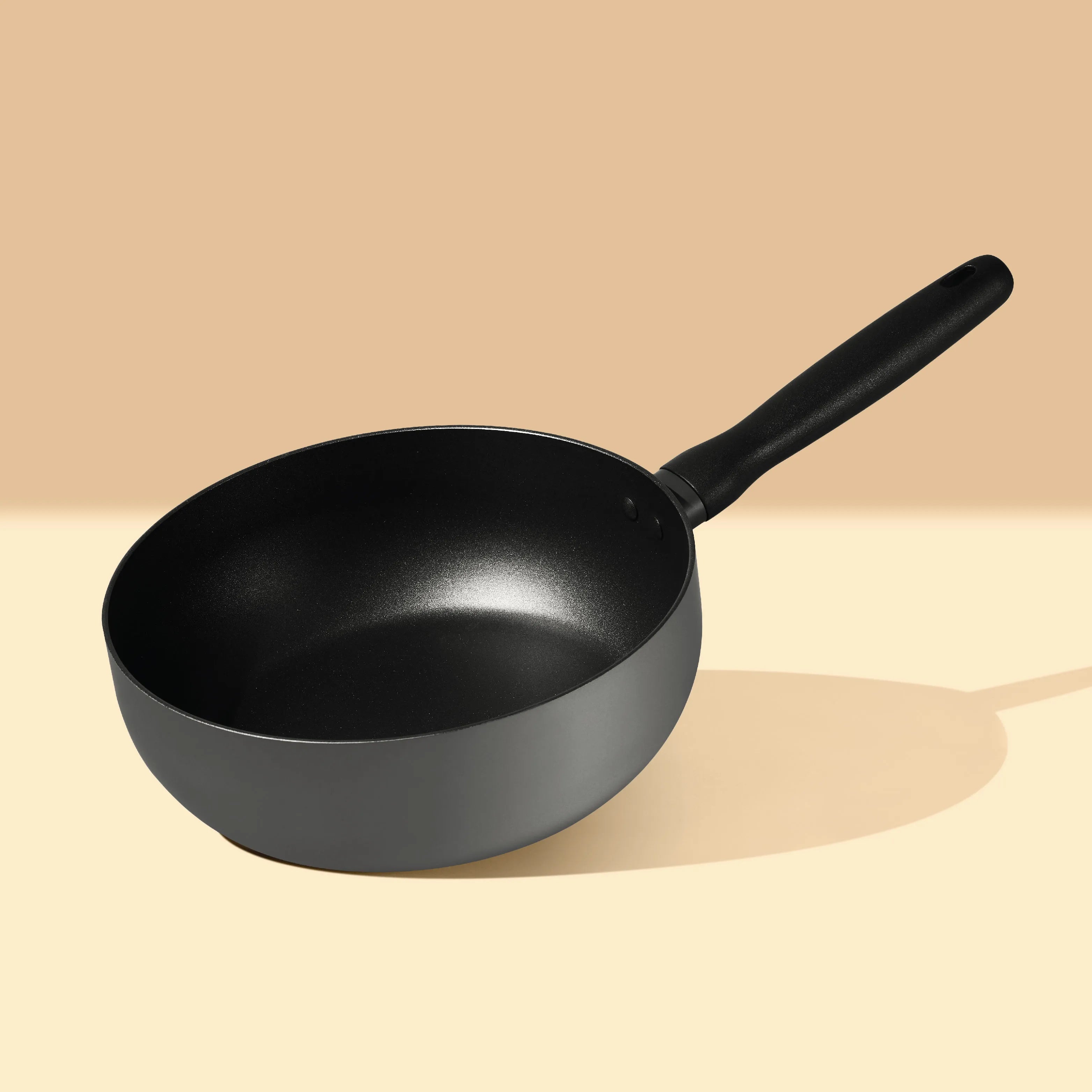Millets are generally considered a safe alternative for individuals with celiac disease or gluten sensitivity due to their gluten-free nature. Celiac disease is an autoimmune disorder triggered by the consumption of gluten found in wheat, barley, and rye. Millets, including varieties like proso millet, foxtail millet, finger millet (ragi), pearl millet, and others, do not contain gluten, making them suitable grain options for those with celiac disease.
These gluten-free grains, such as millets, can provide a diverse range of options for individuals who need to avoid gluten in their diet. They offer versatility in cooking and can be used in various gluten-free recipes, including bread, porridge, roti, idli, dosa, and other dishes traditionally made with gluten-containing grains.
Table of Contents
What Makes Millets A Safe Alternative?
Millet serves as a safe alternative for individuals with celiac disease due to its inherent gluten-free nature and various attributes:
- Gluten-Free Composition: Millets, including varieties like proso millet, foxtail millet, finger millet (ragi), pearl millet, and others, do not contain gluten. Gluten is a protein found in grains like wheat, barley, and rye that triggers an immune response in individuals with celiac disease, leading to damage in the small intestine. Millets lack gluten, making them a safe choice for those needing to avoid this protein.
- Safe for Digestive Health: For individuals with celiac disease, consuming gluten can lead to symptoms like abdominal pain, bloating, diarrhea, and nutrient deficiencies due to damage to the intestinal lining. By choosing gluten-free grains like millets, those with celiac disease can prevent these adverse reactions, supporting digestive health and nutrient absorption.
- Versatility in Cooking: Millets offer a versatile option for gluten-free cooking and baking. They can be used to prepare a wide array of dishes traditionally made with gluten-containing grains, such as bread, pasta, porridge, roti, idli, dosa, and more. Their adaptability in various culinary applications allows for diverse meal options without compromising taste or nutritional value.
-
Nutritional Benefits: Millets are nutritionally rich, providing essential nutrients like protein, dietary fiber, vitamins (especially B-complex vitamins), and minerals such as iron, magnesium, phosphorus, and potassium. Incorporating millets into a gluten-free diet ensures that individuals with celiac disease can still obtain vital nutrients necessary for overall health.
What Is Celiac Disease?
Celiac disease is an autoimmune disorder triggered by the consumption of gluten, a protein found in certain grains, particularly wheat, barley, and rye. When individuals with celiac disease ingest gluten, their immune system responds by attacking the small intestine, damaging its lining. This damage inhibits the absorption of nutrients from food, leading to various symptoms and potential complications.
Symptoms of celiac disease can vary widely and may include:
- Digestive Issues: Abdominal pain, bloating, diarrhea, constipation, and nausea are common gastrointestinal symptoms.
- Malabsorption and Nutritional Deficiencies: Damage to the intestinal lining can lead to malabsorption of nutrients, causing deficiencies in vitamins (like B12, D, and K) and minerals (such as iron and calcium). This can result in anemia, osteoporosis, or other nutritional deficiencies.
- Fatigue and Weakness: Low energy levels, fatigue, and weakness are frequent complaints.
- Skin Rash: Some individuals may experience a skin condition called dermatitis herpetiformis, characterized by itchy, blistering skin rashes.
-
Weight Loss or Poor Growth: Unexplained weight loss or poor growth in children can be signs of celiac disease.
What Causes Celiac Disease?
Celiac disease is primarily caused by an abnormal immune response triggered by the ingestion of gluten, a protein found in specific grains. However, the exact cause of this immune reaction is not entirely understood. Several factors contribute to the development of celiac disease:
- Genetics: A key factor in developing celiac disease is having specific genetic markers, particularly the presence of certain human leukocyte antigen (HLA) genes, such as HLA-DQ2 and HLA-DQ8. Individuals carrying these genetic markers have an increased susceptibility to developing celiac disease.
- Environmental Triggers: While genetics play a significant role, environmental factors also contribute to the development of celiac disease. Gluten consumption triggers an immune response in genetically susceptible individuals, leading to damage to the small intestine's lining.
- Intestinal Permeability: Some theories suggest that increased intestinal permeability, allowing larger molecules like gluten to pass through the intestinal barrier, might contribute to the development of celiac disease in genetically susceptible individuals.
-
Other Factors: Factors such as early exposure to gluten in infancy, viral infections, gut microbiota composition, and certain medical conditions may also play a role, although the precise interactions are complex and not fully elucidated.
Are All Millets Safe For Individuals With Celiac Disease?
In general, most millets are considered safe for individuals with celiac disease or gluten intolerance because millets, including varieties like proso millet, foxtail millet, finger millet (ragi), pearl millet, and others, are naturally gluten-free grains.
The absence of gluten in millets makes them a suitable and safe option for individuals who need to avoid gluten-containing grains like wheat, barley, and rye due to celiac disease or gluten sensitivity.
However, it's crucial to emphasize the importance of sourcing certified gluten-free millet products and ensuring that millet-based foods have not been cross-contaminated with gluten during processing, storage, or preparation. Cross-contact with gluten-containing grains can occur, particularly in shared facilities or equipment, leading to potential gluten contamination.









Leave a comment